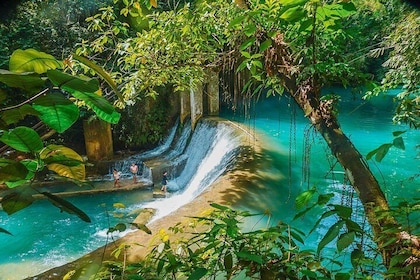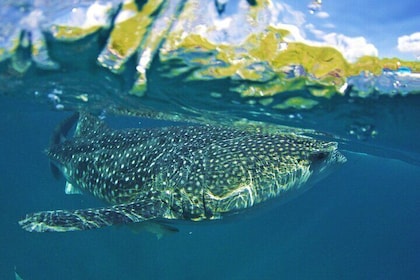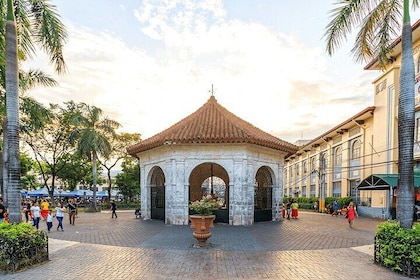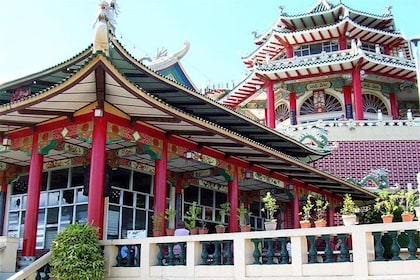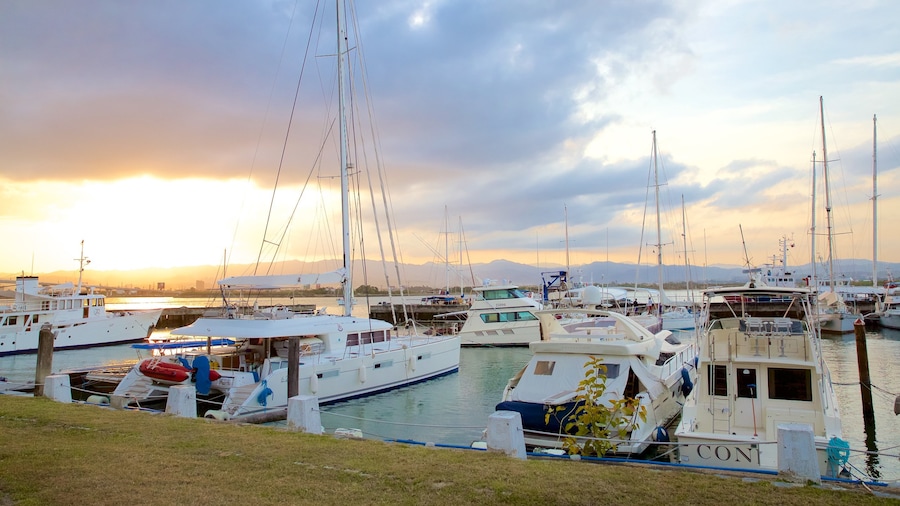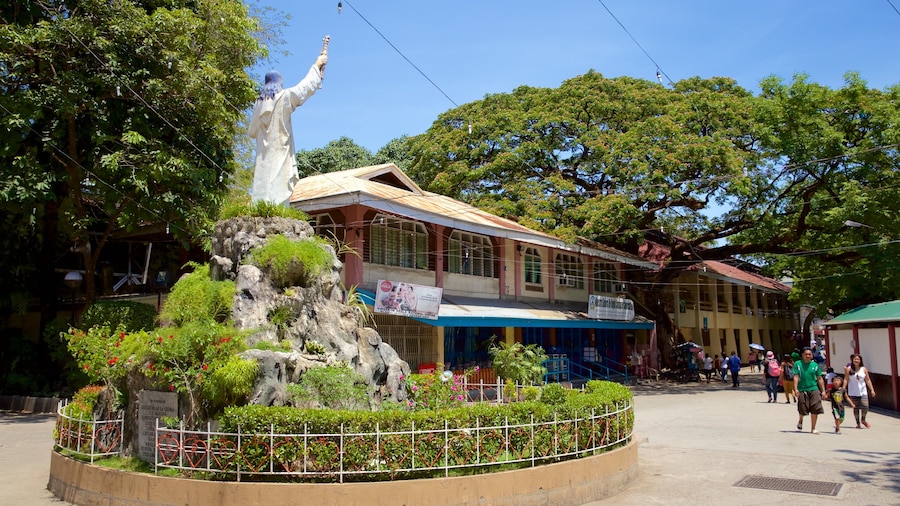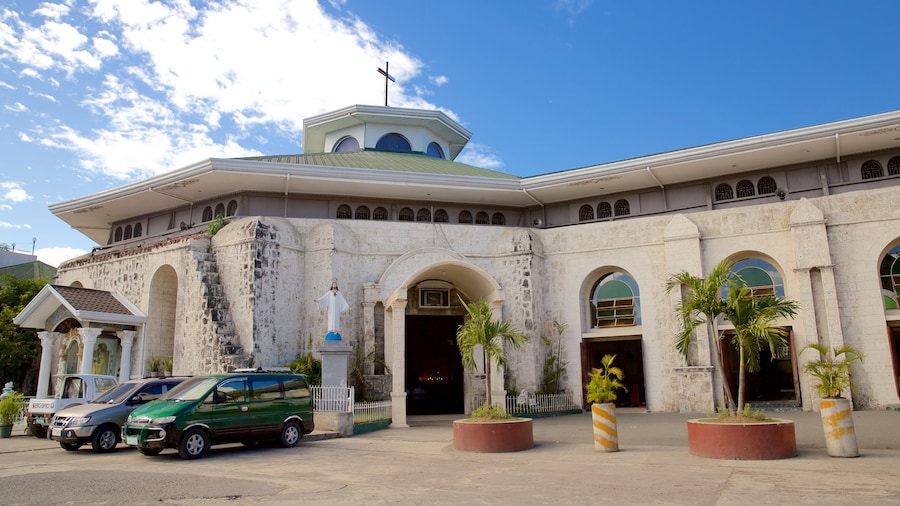The Magellan Shrine pays tribute to Portuguese explorer Ferdinand Magellan, who was the first European to arrive in the Philippines. It is said to mark the spot where he died during the Battle of Mactan. Learn about this important facet of Philippines history for a deeper understanding of the local culture.
The stone platform has a plaque stating the date of Magellan’s battle death, April 27, 1521. The monument itself dates back to 1866 and was erected by Spanish colonial rulers. Examine the plaque proclaiming “Spanish Glory” and another carving with Magellan’s original Portuguese name.
Visit the nearby statue of his vanquisher, the native chieftain Lapu-Lapu. It depicts a muscular, long-haired man carrying a sword and shield. His forces defeated the invading Spanish settlers in the Battle of Mactan. It is thought Lapu-Lapu was the first native of the Philippines to resist colonization.
Consider Magellan’s complex role in the collective psyche of the Filipino people. Although he is adored by some for bringing Christianity to this predominantly Catholic nation, he was also a colonizer and enemy defeated by a national hero.
The two monuments are part of the Mactan Shrine that commemorates the conflict. Admire the large painting of a battle scene in the sea. Look for the Magellan Marker sculpture that is made from marble and sheds light on the two heroes.
On the mainland of Cebu, see Magellan’s Cross that Magellan set up on the island as he converted the locals to Christianity. The shrine contains many paintings decorating the walls and the roof. Interpret the works of art depicting scenes of the explorer’s activities on the island. See devotees lighting candles at the shrine to honor the Portuguese settler.
The Magellan Shrine is in the Mactan neighborhood on the eastern flank of the tiny island beside mainland Cebu. It overlooks Magellan Bay and is about 4 miles (7 kilometers) northeast of the city of Lapu-Lapu. Take a taxi or bus to the monument. Nearby landmarks include the Hilton Port, Santo Niño Parish and the International Academy of Film and Television.




